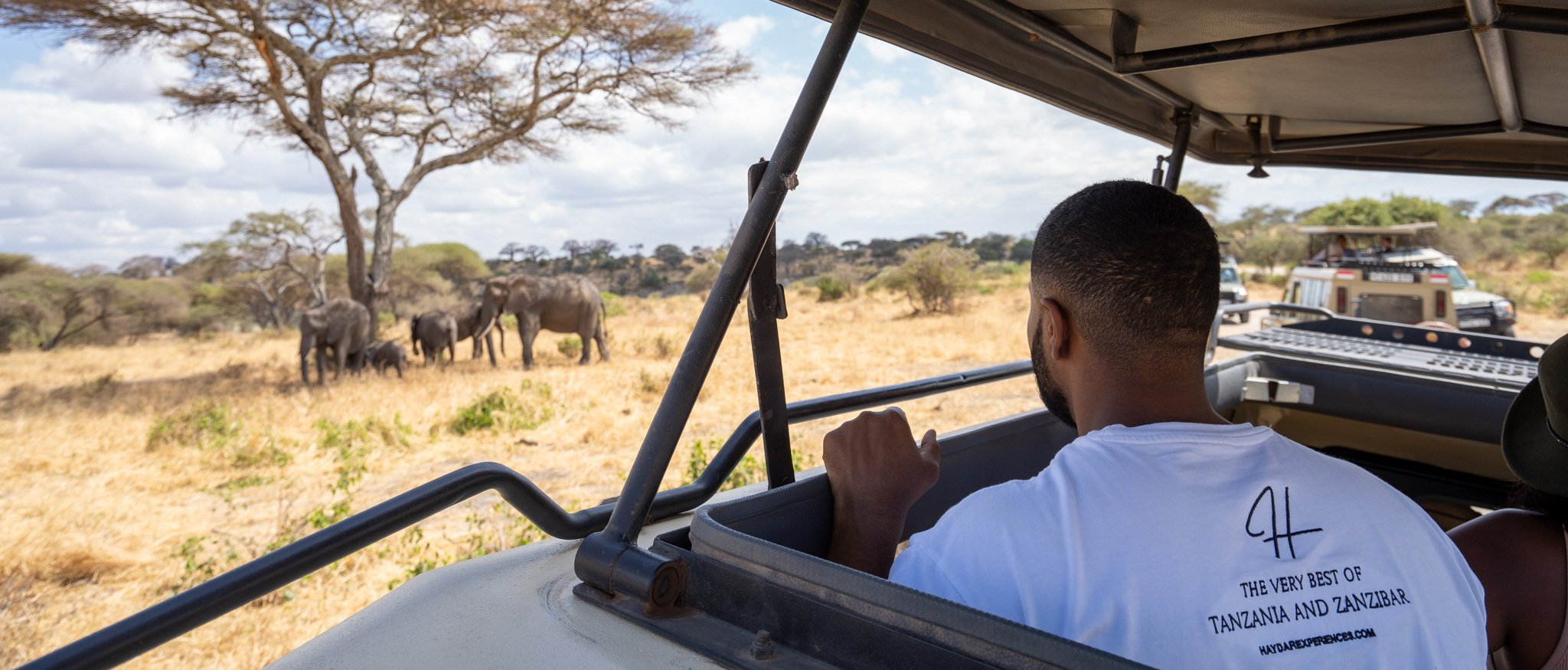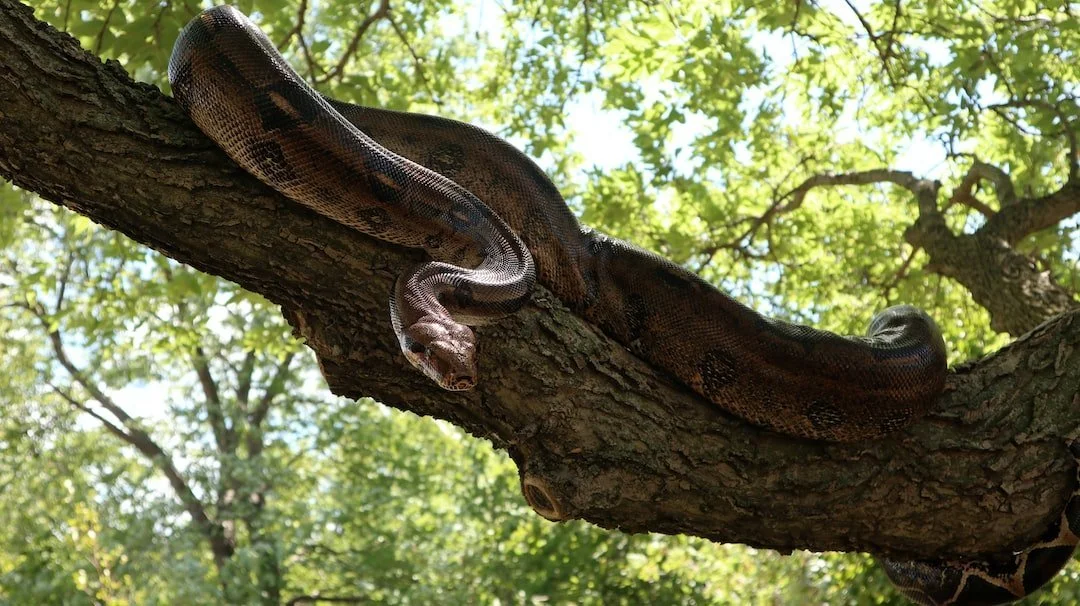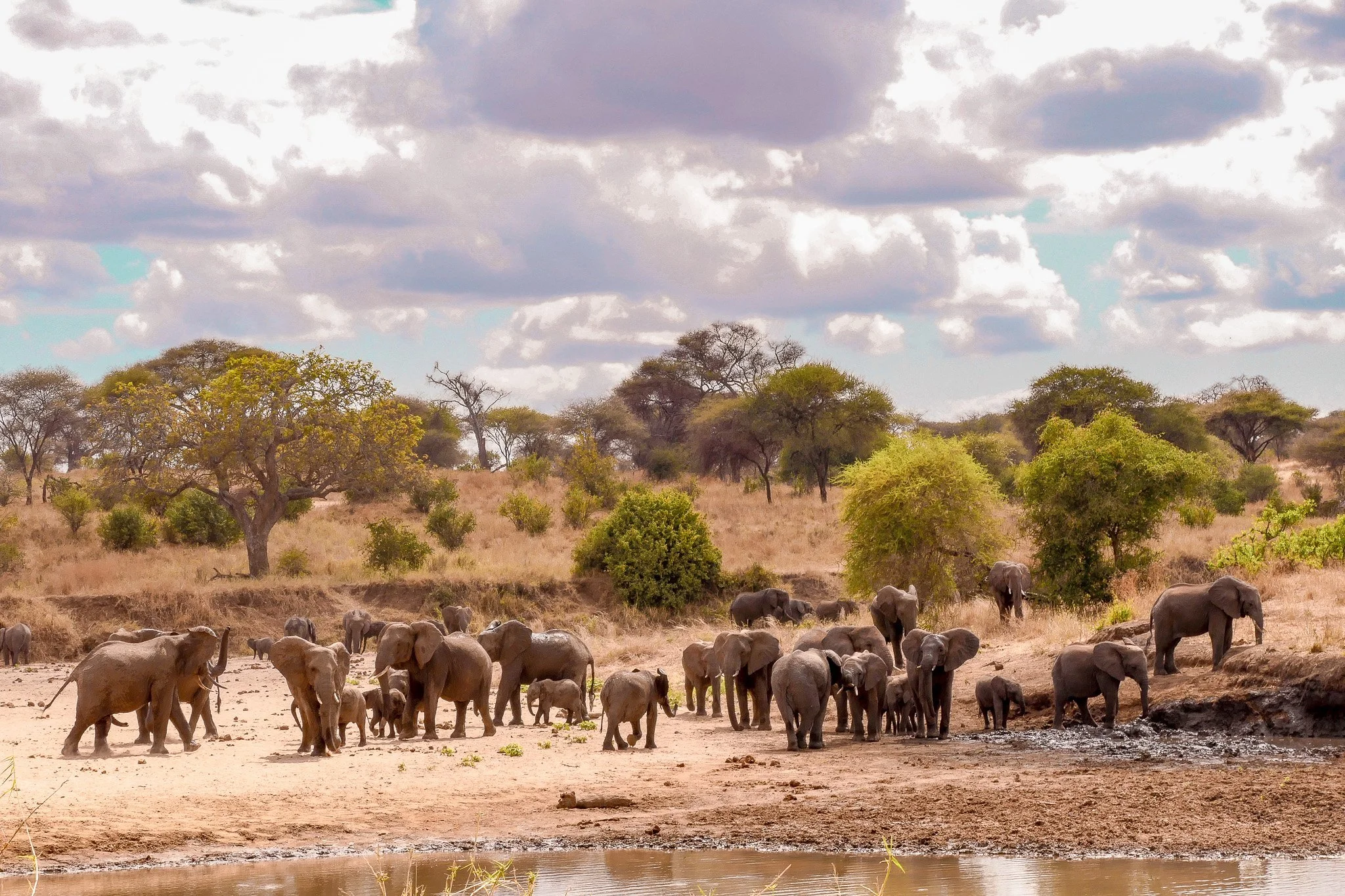
Tarangire National Park
About
Tarangire National Park is named after the Tarangire River, meaning 'river of warthogs' or where warthogs come to drink. This is particularly true when the grasslands of the Maasai Steppes run dry, as it becomes the only source of permanent water for wildlife.
Because of this, Tarangire National Park experiences seasonal migrations from June to October that result in large numbers of animals congregating to this pivotal water source. During this time, one of the most spectacular sights are the giant herds of Elephants (numbering more than 300 across the park) that can be seen roaming freely across the park, playing in the wet mud or cooling down in the water.
Throughout the year, giant herds of Elephants roam freely across this park as well as many other animals such as Giraffe, Wildebeest, Gazelles, Impala, Waterbucks, Lesser Kudu. It is also one of the few places where you can see the east African fringe-eared Oryx. Naturally you will find the predators that hunt these animals such as Lions, Leopards, Cheetahs, and Hyena across the park. Lucky guests may even get the chance to see the giant tree climbing rock Pythons perched up amongst the sausage trees!
Birdlife is in abundance all year round at Tarangire due to the many long thorned acacia trees providing a great foundation for nests whilst doubling up as a natural predator deterrent. It is home to over 500 species of vibrant, rare and interesting birds as well as holding the title for the most breeding species in one habitat anywhere in the world!
Why Visit Tarangire National Park?
Giant Tree-Climbing Rock Pythons
Tarangire is one of the very few places in the world where you can encounter rock pythons skillfully navigating the branches of acacia trees. These non-venomous constrictors, known for their impressive size and adaptability, captivate visitors with their unexpected tree-climbing behavior. The park's open landscapes and accessible viewing areas provide ample opportunities to capture these mesmerizing reptiles in their natural habitat, with their presence serving as a testament to the park's rich biodiversity. Their ability to thrive here speaks to the park's well-preserved ecosystems and the coexistence of various species, offering visitors a glimpse into the complex web of life in this stunning environment.
Highest Wildlife Density in the Dry Season
Tarangire National Park's claim to fame extends beyond rock pythons. It is renowned for having the highest wildlife density in Tanzania during the dry season, making it an unmissable destination for safari enthusiasts. As the dry season progresses and water sources dwindle, Tarangire becomes a vital oasis for wildlife. Massive herds of animals, including wildebeest, zebra, buffalo, and gazelle, congregate along the Tarangire River, seeking water and green pastures. This gathering is a sight to behold, reminiscent of the great migrations. With such an abundance of herbivores, Tarangire also attracts a robust population of predators, including lions and leopards,. Witnessing the dynamic interactions between predators and their prey is a wildlife enthusiast's dream.
Giant Herds of Elephants
Tarangire National Park is renowned for its immense herds of elephants, making it one of the best places in Africa to observe these gentle giants in their natural environment. Tarangire is home to one of the largest elephant populations in East Africa, with thousands of these magnificent creatures roaming freely across the park. The sight of herds, often numbering in the hundreds, is awe-inspiring and a testament to successful conservation efforts. The park's relatively relaxed elephants allow for close and extended encounters. These intimate observations give you an intriguing insight on elephant behaviors, such as dust-bathing, mud-wallowing, and trunk-spraying.
When is Best to Visit Tarangire National Park?
-
This is the warm and wet season, with high rainfall and temperatures ranging from 25°C to 30°C (77°F to 86°F) during the day. This period is also known as the calving season as wildebeests and other grazers give birth to their young. It is an excellent time to witness the wildlife in lush green vegetation.
-
The rainfall gradually decreases during this ‘transition’ period, with occasional showers and thunderstorms. The temperatures can range from 20°C to 25°C (68°F to 77°F) during the day, with cooler nights. As the grass begins to dry up, it becomes easier to spot wildlife.
-
This is the dry season, with sunny and clear skies. The daytime temperatures range from 25°C to 30°C (77°F to 86°F), with cooler nights. It is the best time for a safari as the animals tend to congregate gather around water sources. However, it can be crowded and more expensive.
-
This is the short rains season in the Serengeti. Temperatures range from 20°C to 25°C (68°F to 77°F) during the day, with cooler nights. The vegetation begins to grow, making it a beautiful time to visit the Serengeti. However, some areas may become inaccessible due to muddy and slippery roads.
Need More Inspiration?










